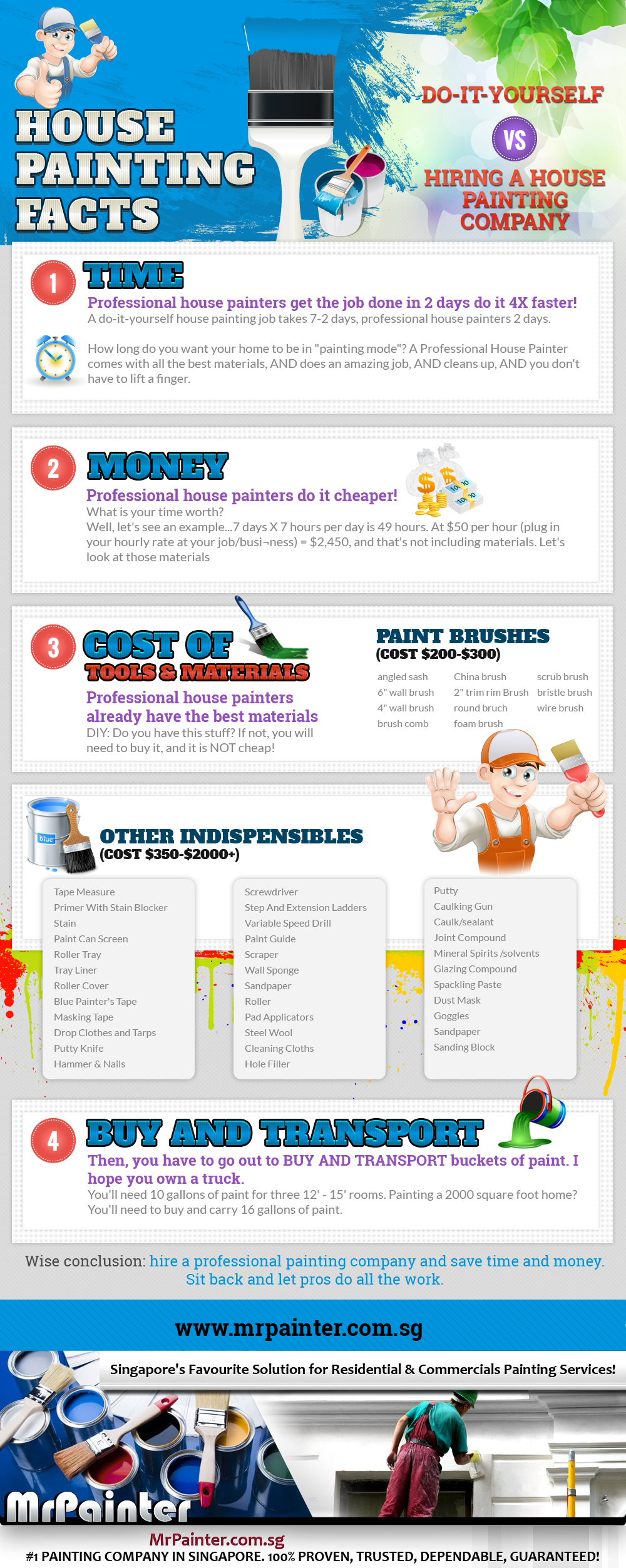Key Seasonal Considerations For Commercial Outside Paint: What You Need To Be Informed Regarding
Key Seasonal Considerations For Commercial Outside Paint: What You Need To Be Informed Regarding
Blog Article
how to tell if paint is expired -Burnham Decker
When you're preparing a business exterior painting task, seasonal variables can make or break your outcomes. You'll want to consider just how temperature level and humidity influence paint application and drying out times. Picking the best period can guarantee your paint sticks effectively and lasts longer. But which seasons are truly the most effective for this sort of job? Allow's discover the key elements that can influence your job's success.
The Impact of Temperature on Paint Application
When you're preparing a business outside paint task, the temperature can dramatically influence how well the paint adheres and dries.
Preferably, you want to repaint when temperatures vary between 50 ° F and 85 ° F. If it's as well cool, the paint might not treat correctly, resulting in problems like peeling off or breaking.
On the other hand, if it's as well hot, the paint can dry as well promptly, protecting against appropriate bond and resulting in an uneven finish.
You need to also think about the moment of day; early morning or late afternoon supplies cooler temperatures, which can be much more desirable.
Constantly examine the supplier's suggestions for the details paint you're using, as they often give support on the ideal temperature range for optimal outcomes.
Moisture and Its Result on Drying Times
Temperature isn't the only environmental factor that influences your industrial external painting job; moisture plays a significant duty as well. High moisture levels can decrease drying times drastically, affecting the total quality of your paint task.
When the air is saturated with dampness, the paint takes longer to heal, which can lead to issues like bad bond and a greater threat of mildew growth. If you're repainting on an especially moist day, be planned for extended delay times in between layers.
It's crucial to monitor neighborhood weather conditions and plan as necessary. Ideally, aim for humidity degrees between 40% and 70% for optimal drying out.
Maintaining click over here consider mind guarantees your task stays on track and delivers a long-term surface.
Best Seasons for Commercial Exterior Paint Projects
What's the most effective season for your commercial exterior painting jobs?
Springtime and very early fall are generally your best choices. Throughout these seasons, temperatures are mild, and humidity degrees are usually reduced, producing excellent conditions for paint application and drying.
Stay clear of summer's intense heat, which can cause paint to completely dry too rapidly, bring about poor attachment and finish. In a similar way, wintertime's cool temperatures can impede appropriate drying and treating, running the risk of the longevity of your paint job.
Aim for days with temperature levels in between 50 ° F and 85 ° F for optimal outcomes. Bear in mind to inspect the neighborhood weather report for rain, as damp problems can ruin your job.
Planning around these elements guarantees your painting project runs smoothly and lasts much longer.
Verdict
To conclude, intending your industrial exterior painting tasks around seasonal factors to consider can make a substantial difference in the end result. By organizing work throughout the excellent temperatures and moisture levels, you'll ensure much better attachment and drying times. Bear in mind to watch on regional weather forecasts and choose the correct time of year-- spring and early autumn are your best bets. Taking these actions will certainly assist you achieve a sturdy and professional coating that lasts.
